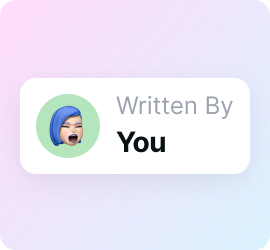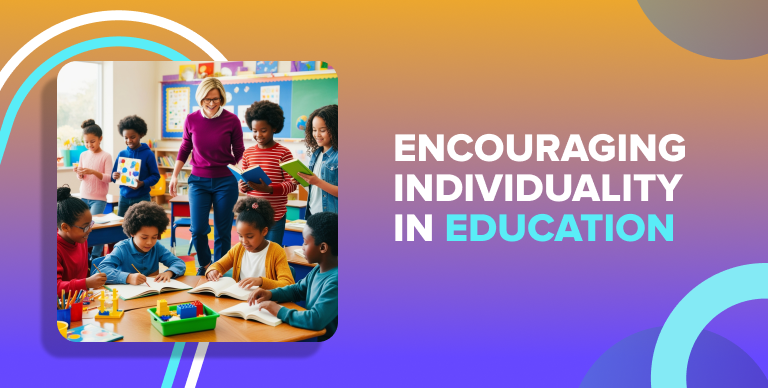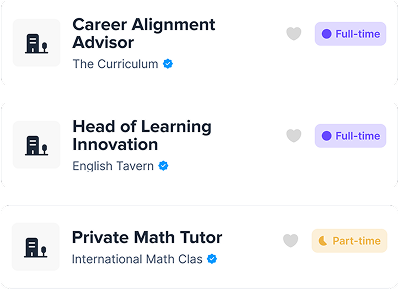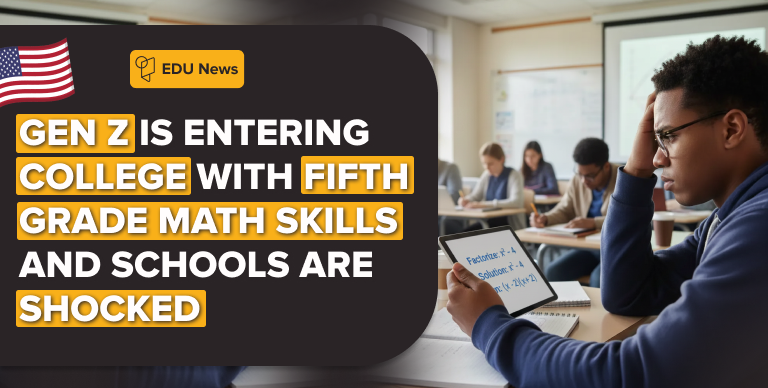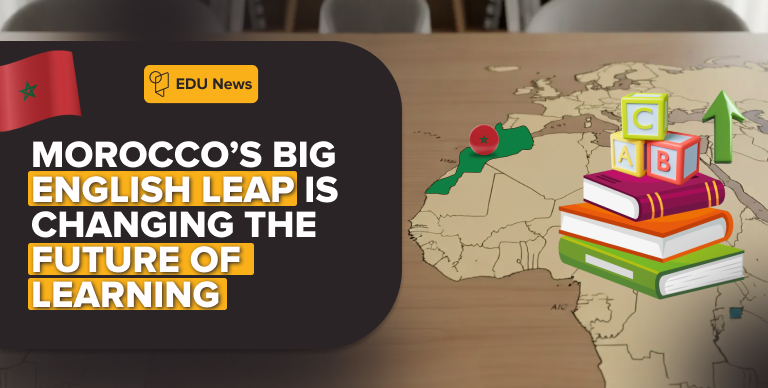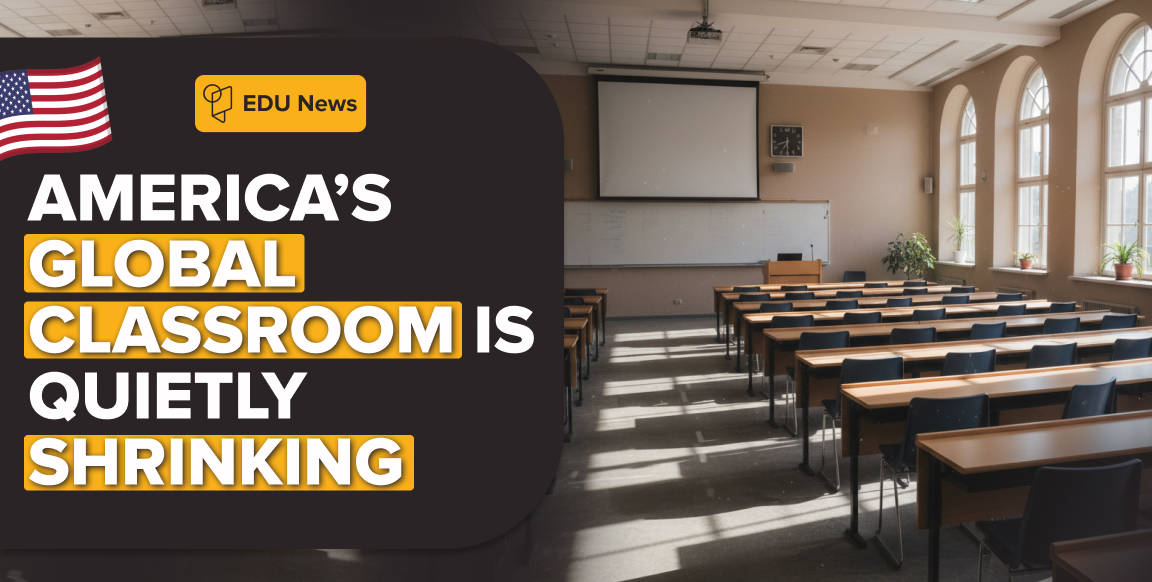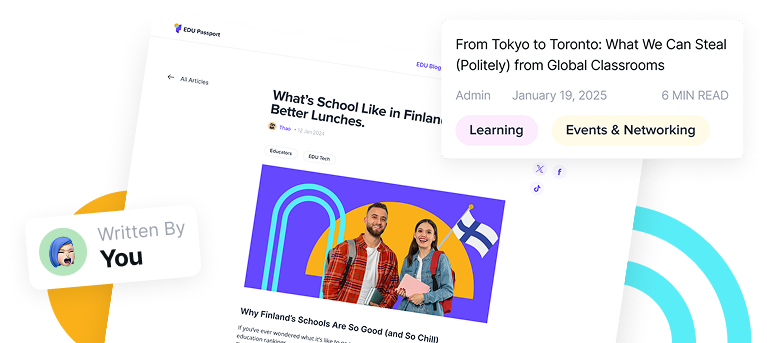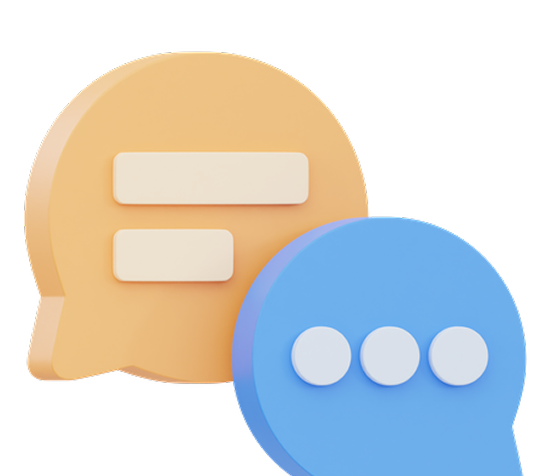What’s ‘Individuality’ Anyway?
Individuality is the expression of one’s unique talents and potential. Education should help students develop their individuality, but many traditional systems do the opposite. They make students follow the same rules, lessons, and tests without considering their personal differences. This can kill creativity, motivation, and self-expression, making students feel bored, frustrated, and worthless.
How can we change this situation? How can we design learning environments that value and support the diversity of learners? And how can we promote a culture of curiosity, exploration, and innovation in our classrooms? In this EDU Blog, we will explore the topic of individuality in education and how to foster it.
The Benefits of Individuality in School
Individuality is the quality of being different from others and having a unique personality, style, or opinion. In school, individuality is essential for several reasons.
One way is that individuality can help students know and like themselves better. By expressing their individuality, students can find out what they are good at, what they enjoy, and what they care about. They can also feel proud of who they are and what they can do.
For example, students who love music can join a music group or sing in a choir. This student can show their skills and passion for music. Or if a student is good at math, they can join a math team or club. Then they can test their abilities and learn from others there.
Another way is that individuality can help students be more creative and original. When a student is different from others, they can have new and different ideas and solutions. Individuality also helps them follow their interests and talents and learn new things.
For example, if a student is curious about nature, they can do experiments or watch animals and plants. This student can share what they discover with others. Or if a student likes art, they can make their artwork or designs. By doing so, this student can freely express how you feel and think.
A third way is that individuality can help students get along with others better. When students respect and celebrate their own differences, they can also respect and celebrate the differences of others. Individuality can help students understand and appreciate people and cultures that are different from them, and learn from this.
For example, if a student comes from a different culture, they can teach others about their culture and learn about theirs. Or if a student has a different opinion, they can have respectful conversations and debates with others. Thus, they can see things from different points of view.
Do you want to build a learning environment that values differences and supports uniqueness? Visit our EDU Blog to learn from practical tips, inspiring stories, and innovative ideas that will help your students thrive.
How to Encourage Individuality in Education
1. Provide Students with Choices and Autonomy
Allow them to select topics, activities, and methods that interest them and suit their learning styles. Give them opportunities to set their own goals, pace, and criteria for success. Furthermore, please encourage them to take ownership of their learning and to pursue their passions.
For example, you can let students choose their own books for reading assignments, design their own projects for science fairs, or create their own portfolios for assessment.
2. Help Students Learn in Different Ways
Some students learn better with different methods or materials than others. You can change your teaching to match their needs and interests. Use many ways to teach the same content and skills and choose the best ones that suit each student. Check how well each student is learning based on their own improvement and goals, not how they compare to others or what grade they get.
For example, you can group students differently, give them different tasks, set up other stations, or use their different talents to help them learn. You can also check their learning with various tools, like checklists, collections of work, self-checks, or peer reviews.
3. Make Your Classroom a Place Where Everyone Feels Welcome
Create a classroom community that values and respects the uniqueness of each student. Help students learn from each other’s different views, stories and cultures. Support students to work together and appreciate their different strengths, skills and interests. Make everyone feel like they belong and are accepted.
For example, you can do fun games, group projects, or class discussions to help students get to know each other better. You can also read books, invite speakers, or visit places that show students different cultures and ways of life.
4. Support Creativity and Innovation
To help students be more creative and innovative, you can:
Give them tasks and problems that have more than one possible solution or answer. This will challenge them to use their imagination, critical thinking and problem-solving skills.
Support them to try new things, explore different options and learn from their mistakes. Don’t judge them by their final product or outcome, but by their effort, process and improvement.
Praise their originality and risk-taking. Show them that you value their unique ideas and perspectives.
Some examples of activities that can boost creativity and innovation are:
Brainstorming, mind mapping, or divergent thinking exercises. These are ways to generate many ideas quickly and freely, without worrying about being right or wrong.
- Inquiry-based learning, project-based learning, or design thinking. These approaches involve asking questions, researching, designing, testing and refining solutions to real-world problems or challenges.
5. Model Individuality and Lifelong Learning
As an educator, you are also a learner who has your own personality, interests, and goals. Share your passions, hobbies, and aspirations with your students. Show them how you learn from your mistakes, challenges, and failures. Demonstrate how you pursue your own professional development and personal growth.
For example, you can tell stories about your learning journey and share your work or projects with your students. You can also invite them to join you in your hobbies or interests.
In a Nutshell
Personal growth, creativity and inclusivity in education depends on individuality. Each student has unique strengths and perspectives that must be valued and protected. This way, we can create learning environments that encourage and excite them.
If you want to learn more about educational news and trends that support individuality in education, join our community. We are on a mission to empower individuality and make education better for everyone. Stay tuned to EDU Blog for the latest educational insights.



